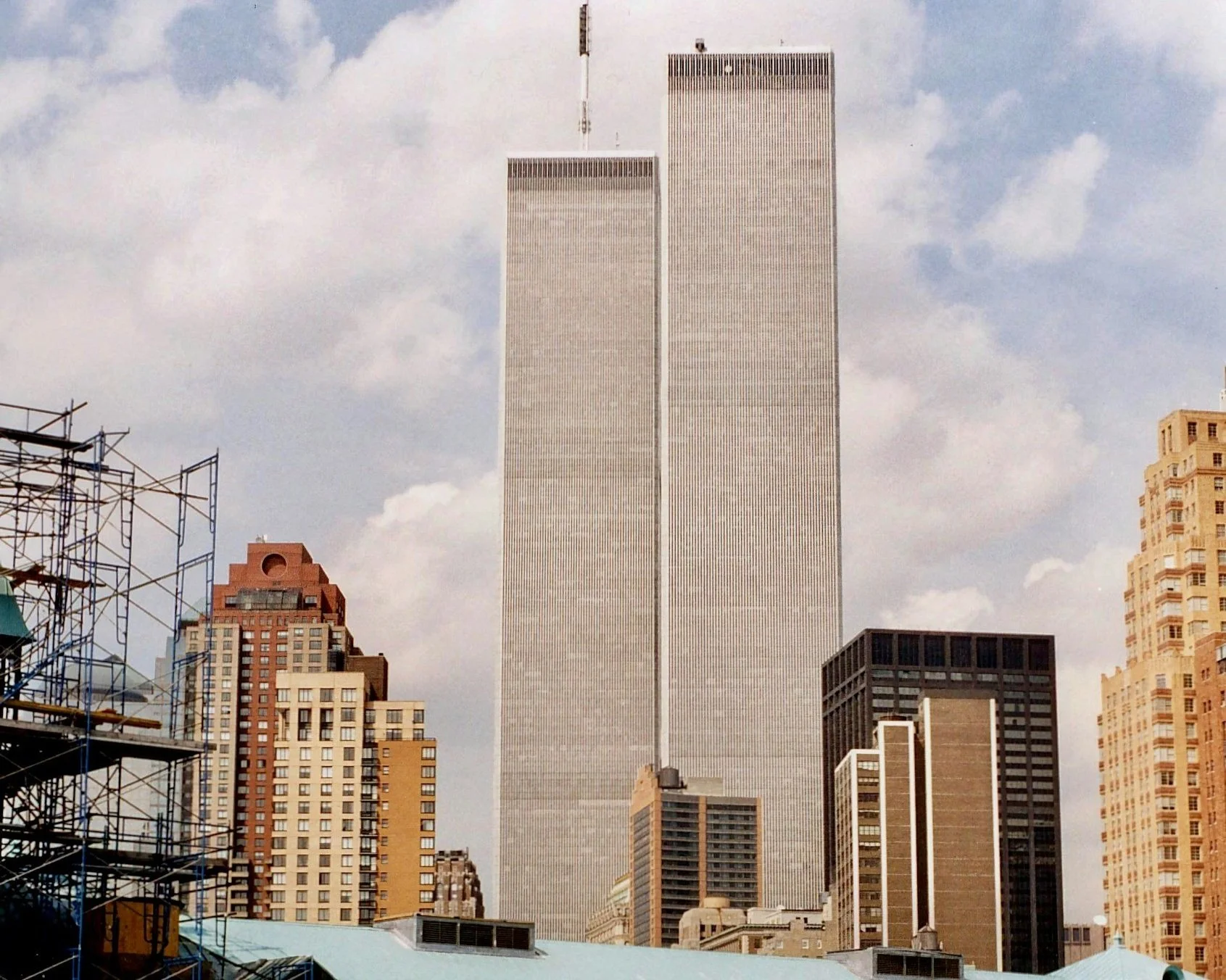The Greatest Architects Of All Time And Their Enduring Legacies
Source: Squarespace/ Unsplash
The Greatest Architects
Architecture is more than just designing buildings; it’s an art form that shapes the way we live, work, and interact with our surroundings.
Becoming an architect requires years of rigorous education, creativity, and technical expertise. It begins with earning a professional degree, followed by extensive internships and passing licensing exams. Architects must master design principles, engineering concepts, and building codes while also balancing aesthetics with functionality. Beyond the technical skills, they navigate client expectations, budget constraints, and construction challenges, often working long hours to bring a vision to life. The profession demands both artistic vision and precision, making it a career of dedication, problem-solving, and continuous learning.
Some architects leave behind more than just structures—they redefine entire skylines, push the boundaries of engineering, and create timeless designs that inspire generations. Here, we look at some of the greatest architects of all time, their most notable works, and their lasting impact on the world.
Source: Squarespace/ Unsplash
Frank Lloyd Wright – The Master of Organic Architecture
Few names in architecture are as revered as Frank Lloyd Wright. A pioneer of organic architecture, Wright designed buildings that blended seamlessly with their natural surroundings. His most famous work, Fallingwater (1935), appears to emerge directly from the waterfall beneath it, showcasing his philosophy that structures should exist in harmony with nature.
He also developed the Prairie School style, best seen in the Robie House, and designed the iconic spiral-shaped Guggenheim Museum in New York. The Guggenheim Museum’s design broke away from the traditional box-like museum structure and created a fluid, organic visitor experience, where art is viewed along a continuous path. It has also been featured in various popular culture like the science fiction film Men In Black.
Wright’s influence is still seen today in modern home design, emphasizing open spaces, natural materials, and fluid integration with the environment.
Antoni Gaudí – The Architect of Fantasy
No list of legendary architects would be complete without Antoni Gaudí, whose whimsical and otherworldly designs have made Barcelona a global destination. His masterpiece, La Sagrada Familia, remains under construction more than a century after he first designed it, a testament to its intricate, dreamlike beauty. Gaudí’s work, including Casa Batlló and Park Güell, is characterized by flowing curves, organic shapes, and a fusion of Gothic and Art Nouveau styles. His approach was deeply personal, blending architecture with nature and spirituality, making him one of the most unique and influential architects in history.
Source: Squarespace/ Unsplash
Minoru Yamasaki – The Visionary Behind the Twin Towers
Minoru Yamasaki is best known as the architect of the original World Trade Center in New York, a pair of minimalist skyscrapers that, before their destruction, symbolized American strength and modernity. The minimalism of their design and the contrast of such large skyscrapers against the sky made the buildings into a striking feature of NYC’s skyline that became recognizable across the entire world.
His design philosophy combined elegance with simplicity, often incorporating arches and slender structures to create a sense of lightness and serenity. Other notable works include the Rainier Tower in Seattle and the Pacific Science Center in Washington. Yamasaki’s ability to merge modernism with human-scale beauty left a lasting impression on urban architecture.
Renzo Piano – The High-Tech Architect
Renzo Piano is one of the most celebrated architects of the modern era, known for his innovative use of materials and technology. His most famous project, The Shard in London, redefined the city’s skyline with its sleek, glass-clad design. Earlier in his career, he co-designed the Centre Pompidou in Paris, a radical high-tech structure with an exposed skeletal framework that shocked traditionalists. His work emphasizes sustainability, transparency, and a connection between architecture and the people who use it.
Source: Squarespace/ Unsplash
David M. Childs – The Man Who Reshaped New York’s Skyline
David M. Childs is the architect behind One World Trade Center, the towering structure that replaced the Twin Towers and became a symbol of resilience. The genius of One World Trade Center is that at a certain angle, the facade of the tower resembles the original two towers.
His work, primarily with Skidmore, Owings & Merrill, has shaped modern cityscapes, from the striking glass façade of 7 World Trade Center to the sleek, corporate design of Burj Khalifa’s master plan. While he was not the lead architect of the Burj Khalifa, his involvement undoubtedly influenced the final product.
Childs is known for his ability to blend function and aesthetics, creating buildings that are both structurally impressive and visually iconic.
The Legacy of Great Architects
These architects didn’t just design buildings; they created landmarks that define cities and influence future generations. From Wright’s harmony with nature to Gaudí’s fantastical imagination, from Yamasaki’s modernist elegance to Piano’s high-tech wonders, each of these visionaries contributed something lasting and profound to the world. As architecture continues to evolve, their work remains a source of inspiration, proving that great design is timeless.





